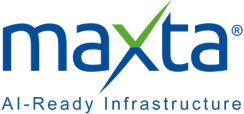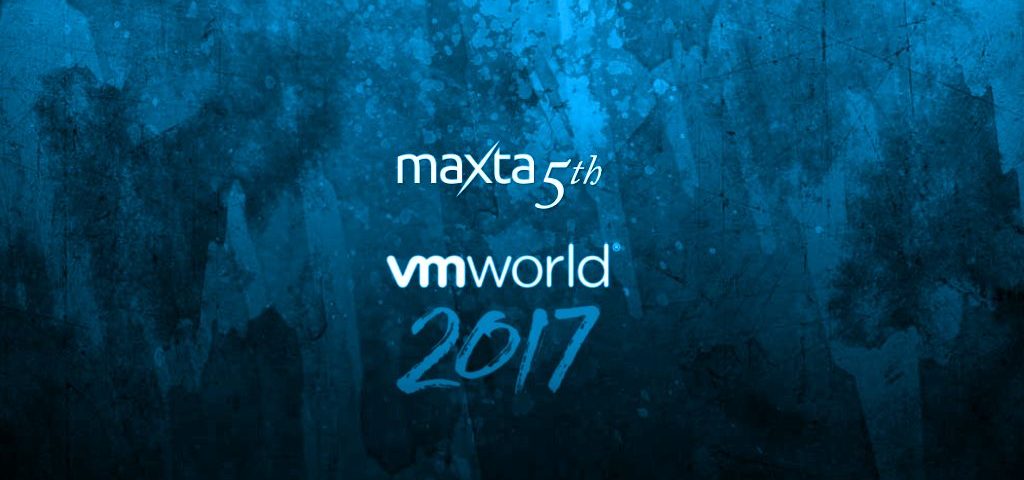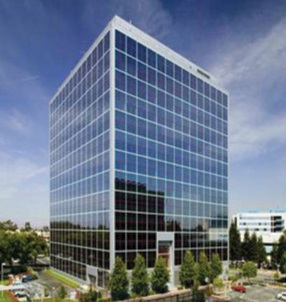This year’s VMworld was one for the books – both for Maxta and for me personally. It was Maxta’s fifth year there, and my tenth. I started counting when I stepped off the plane in Vegas realized I’ve attended every VMworld since 2008, when I joined VMware’s product marketing team.
Team Maxta ended up talking to several thousand people at the booth. These weren’t just drive-by conversations, either (“Here! Have a pen! Or a useless trinket. Can I scan you?”. To be fair, we did have some giveaways, but let’s just say they went faster than anyone could have anticipated.
While people lined up for a chance to win a Harley, we had in-depth conversations with VMworld attendees about hyperconvergence and why a software-based approach was best. There were a few common threads to the discussions we had at the booth and over coffee, lunch or drinks outside the expo floor:
- 75 percent knew at least a little bit about hyperconvergence. A quarter of people had heard the term but didn’t know what it meant.
- Most everyone is still using traditional storage for some or all of their VMware infrastructure. . There’s a lot of talk about hyperconvergence, but the industry is still at the early stages of a transition from legacy storage architectures to software-based flexible architectures.
- 100 percent recognized the value of hyperconvergence. . Even storage managers who have been buying the same brand array for 15 or 20 years see value in consolidating servers, storage and networking.
- The flexibility of a software-based approach has broad appeal. . 5 years ago, IT managers were buying hardware and infrastructure software from the same vendor. Their mindset has changed rapidly, in large part thanks to virtualization and VMware.
- But it’s just hard to replace those arrays. . No sensible IT manager is going to throw out a storage array they just spent $100,000 or more on a year or two ago. Even though they know it’s harder to manage, they have to write down the cost of the storage over 4 or 5 years. It will take years for hyperconverged to displace traditional storage.
The slow but inevitable march of hyperconvergence and other next-generation platforms was clear at VMworld. Legacy storage vendors like Dell-EMC, NetApp and Hitachi had large booths, but so did every other next-generation storage, converged and hyperconverged vendor.
The datacenter is changing. Software on industry-standard hardware is becoming the norm. We invite you to download a free Maxta license and get hyperconvergence your way.




 Maxta Introduces VMware Escape Pod
Maxta Introduces VMware Escape Pod


